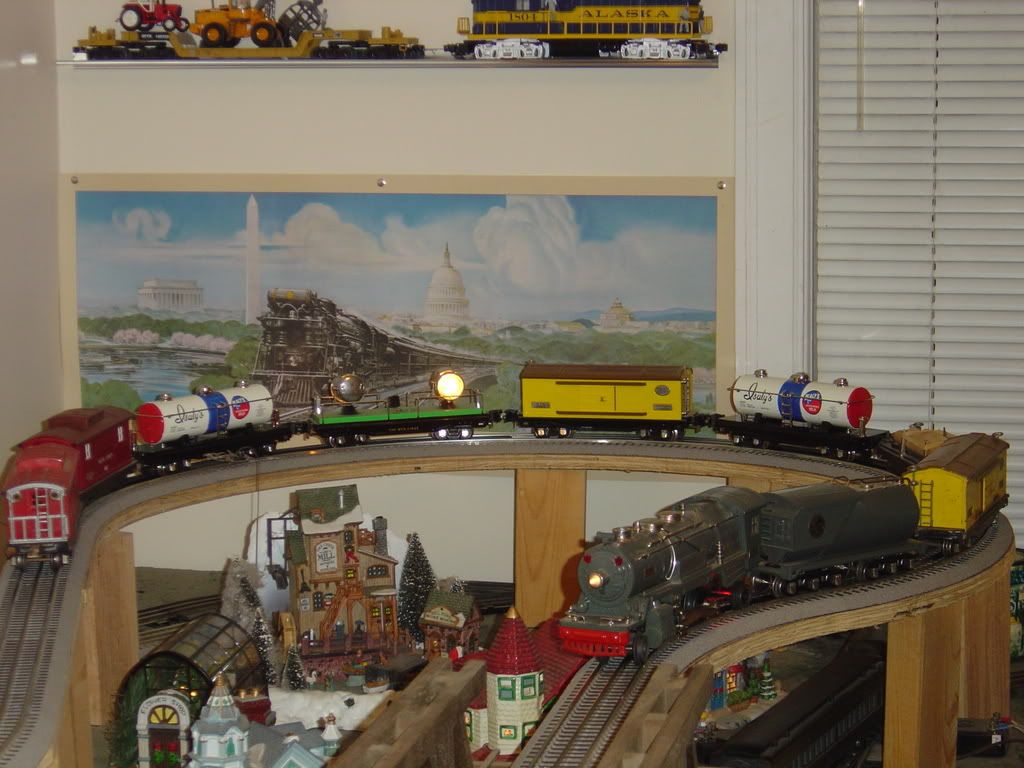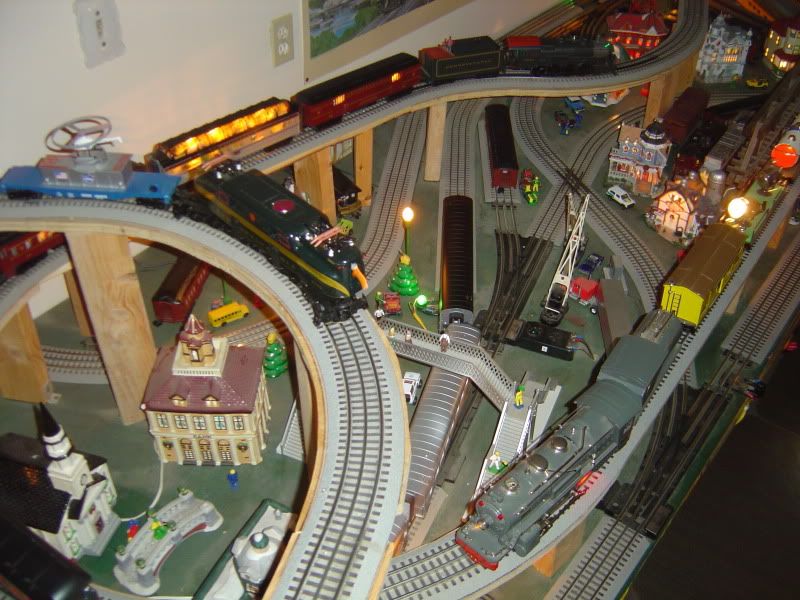This is my first posting, please be gentle!
I am working on a layout for my son and i to enjoy and we're rather space constrained (layout size 4.5' x 11') I wanted to provide as much action as possible in a small space, but i've been reading where a lot of people will go switch crazy, have as many turnouts as possible, and then end up tearing most of them out for a simplified layout due to all the issues that seem to creep up when running a large number of switches, especially when you have multiple switches back to back.
My current layout plan (used RR Track) has 16 switches, and i had planned on using RCS as they seem to have the best and most reliable units. My question is, am i getting in over my head on this, especially with it being my first build? I already know that running that many RCS switches is going to cost a pretty penny, and i'd hate to spend that kind of money only to regret it later on if i start having issues with certain engines dying and derailing issues.
I've managed to get a setup with a double y, which i would like to keep for reversing capability, but was thinking perhaps removing most everything else in favor of two tracks, running side by side and keeping it simple.
Any ideas based on previous experience would be greatly appreciated. Thanks!














